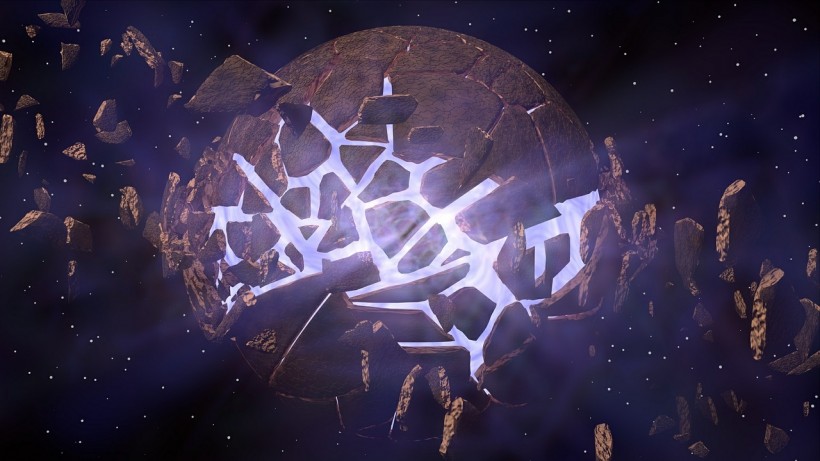Astronomers from Liverpool John Moores University and the University of Montpellier have figured out what stars that are about to go supernova look like. The event happens when a massive star runs out of fuel and explodes in an enormous burst of energy that can be visible in many galaxies.
Scientists already know why a supernova happens but cannot predict it. Digital Trends reported that the team simulated the development of a group of pre-supernova stars called red supergiants, which are large stars that used to be eight to 20 times more massive than the Sun but have run out of fuel to run.

Astronomers Identified What Stars Look Like Before They Die, Developing an Early Warning System for Supernova
Stars Go Fainter in the Last Months of Their Lives
The new simulations showed that red supergiants dim dramatically in the last few months of their lives. Their brightness drips as much as 100% as they produce dusty material that obscures their light, making them appear fainter. So, a massive star fading completely in obscurity could mean that a supernova is on the horizon.
Lead author Benjamin Davies of Liverpool John Moores University explained: "The dense material almost completely obscures the star, making it 100 times fainter in the visible part of the spectrum. This means that, the day before the star explodes, you likely wouldn't be able to see it was there."
Red supergiants run out of fuel in the last part of their life to support nuclear fusion in their cores. The fusion provides outward pressure against the inward pressure of gravity. Without fusion, things get violent and the star will explode into space with its stellar core collapse.
The core turns into an ultradense neutron star just 12 miles (20 kilometers) across and about 1.1 or 2.3 times the mass of the Sun. But before the explosion, the star loses a lot of mass likely due to a large amount of gas and dust that the star sheds leading up to the supernova.
READ ALSO: Discovery Suggests a Supernova Exploded Near Earth 2.5 Million Years Ago
Reconstructing Dying Red Supergiants
In the study titled "Explosion Imminent: The Appearance of Red Supergiants at the Point of Core-collapse" published in the Monthly Notices of the Royal Astronomical Society journal, researchers used observational evidence and simulations to reconstruct how red supergiants' death evolves.
But how long could a supernova happen based on previous research and modeling studies?
Researchers hunt for observational clues to gauge how long the mass loss takes, Science Alert reports. They found some photos of red supergiants that went supernova a year after the image was taken. That means the large-scale, obscuring mass loss happens at least a year before a star dies and explodes.
But that rules out the imminent death of Betelgeuse, a red supergiant near Earth, as scientists have recorded mass loss since 2019 that seems to be part of a slower process. It is estimated to go supernova in the next 1.5 million years.
Davies said that, when that day comes, humans will know what to be alert for. Recent techniques only allow observation of supernovae hours after they happened, but the findings enable scientists to predict when they will happen. The early warning system gives them the opportunity to observe supernovae in real-time to point the world's best telescope in the right direction.
RELATED ARTICLE: Researchers Successfully Recreate Supernova Reaction In a Lab Using an Accelerated Beam of Radioactive Nuclei
Check out more news and information on Supernova in Science Times.














